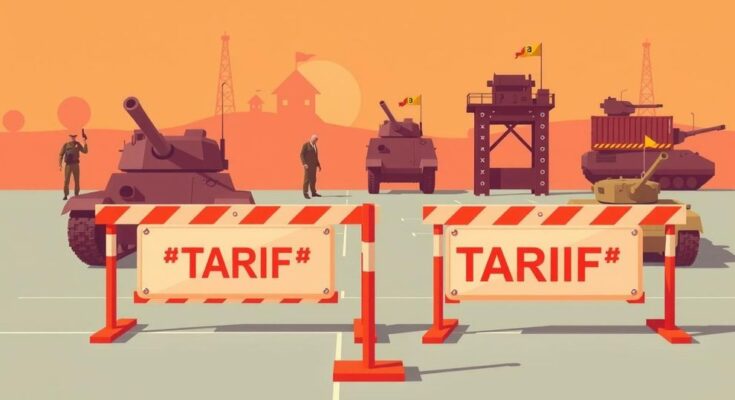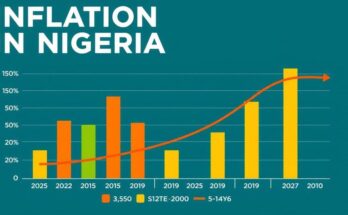The Trump administration’s tariffs on Mexico and military troop deployments may serve as distractions from domestic economic issues while also attempting to reinstate a Monroe Doctrine-like dominance in Latin America. This strategy aims to counter Chinese influence in the region and reinforce US supremacy, with Mexico facing significant implications in terms of sovereignty and economic partnerships.
In a recent announcement, the Trump administration introduced 25-percent tariffs on imports from Mexico, only to later exempt products linked to the US-Mexico-Canada Agreement (USMCA) for a month. Concurrently, an additional deployment of 3,000 troops by the Department of Defense along the southern border signals a notable military buildup. These actions are framed under the pretext of addressing issues related to fentanyl and undocumented crossings from Mexico.
However, the rationale behind President Trump’s tariffs and military presence may be less about addressing drug issues and more about strategic positioning. First, these measures may serve as a distraction from the challenges of his economic policies, which have seen a rise in inflation, fluctuating consumer confidence, increasing petrol prices, and significant federal layoffs despite his campaign promises to rejuvenate the economy.
Moreover, a deeper agenda appears to be unfolding; Trump may seek to reassert a version of the Monroe Doctrine, which historically imposed US dominance over Latin America. By exerting pressure on Mexico, the administration could be aiming to reinforce its influence in the region, utilizing tactics reminiscent of gunboat diplomacy. This approach presages potential military incursions, drawing from a historical legacy of US interventions in Latin America dating back to the 19th century.
The ramifications for Mexico and Latin America are potentially severe. The recent deployment of troops and escalating rhetoric hint at a resurgence of US military presence, echoing nearly two centuries of territorial ambition. The Monroe Doctrine of 1823, cloaked in anti-colonialism, originally facilitated US territorial expansion and justified several interventions throughout the region.
Notably, Mexico’s strategic location and significant economic stature in Latin America present it as a primary target for such maneuvers. With a GDP of $1.79 trillion and a burgeoning relationship with China, which has grown to become Mexico’s second-largest trade partner, Mexico’s economic ties are evolving. Despite dismissing the prospect of joining BRICS, recent discussions illustrate an engagement with alternative trading blocs that challenge US economic hegemony.
The current Mexican administration under President Claudia Sheinbaum Prado has been proactive. She has maintained an 80-percent approval rating while enhancing anti-drug operations. Nonetheless, Trump’s underlying goal seems less centered on collaborative solutions to drug and migration issues and more focused on countering Chinese influence in Mexico.
As Trump continues to wield the rhetoric of drug wars and immigration as a façade, the question remains whether President Sheinbaum will comply with US pressures. The unfolding situation signifies an ominous potential regression for US-Mexico relations and the broader geopolitical landscape in Latin America.
In summary, President Trump’s tariffs on Mexican imports and the military buildup along the southern border reflect a complex interplay of internal economic distractions and geopolitical ambitions rooted in a resurrected Monroe Doctrine. As the US navigates the challenges of sustaining its regional dominance amidst emerging competition from China, it positions itself in ways reminiscent of historical interventions in Latin America. The future relations with Mexico, now under President Claudia Sheinbaum, will be pivotal in determining the balance of influence and sovereignty in the region.
Original Source: www.aljazeera.com




